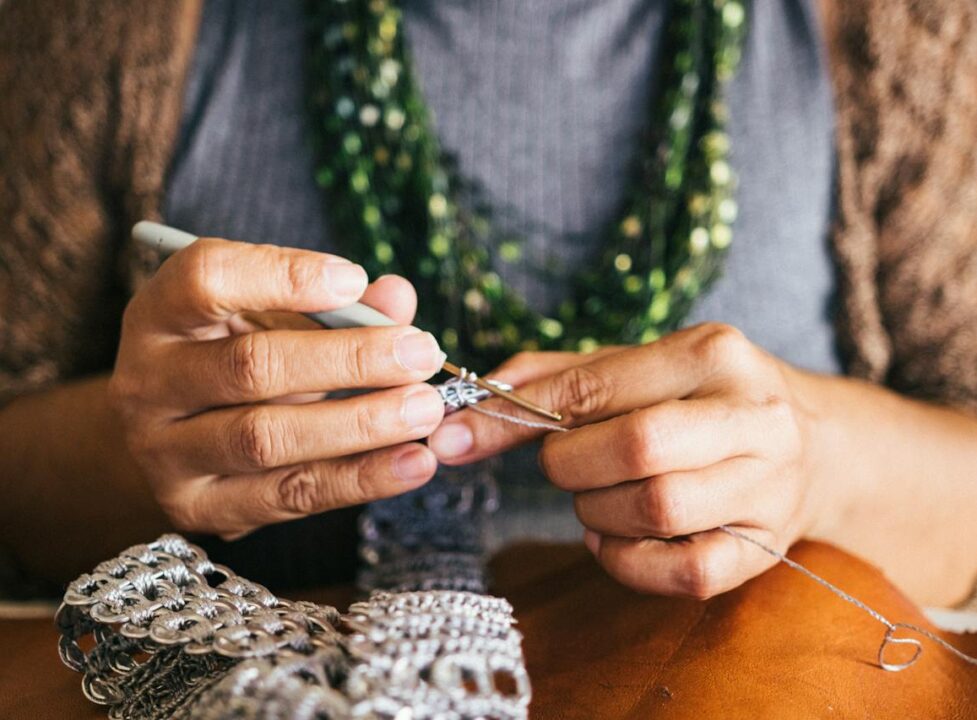Exploring hobbies is an excellent way to expand your creative skills, offering a fun and rewarding way to enhance your creativity, innovation, and problem-solving abilities. This guide will introduce various hobbies that are particularly effective in fostering creativity, suitable for different interests and skill levels.
1. Painting and Drawing: Unleashing Visual Creativity
Painting and drawing are classic hobbies for boosting creativity. They encourage you to visualise concepts, play with colors, and express emotions or ideas in a visual format.
Tools and Techniques: Start with basic sketching, and gradually explore different mediums like watercolors, acrylics, or digital art.
Benefits: These activities enhance hand-eye coordination, color theory understanding, and artistic expression.
2. Writing: Crafting Worlds with Words
Writing, whether it’s poetry, fiction, or even journaling, is a powerful way to expand your imagination and articulate thoughts.
Practice and Exploration: Try writing short stories, poems, or keeping a daily journal. Writing prompts can spark creativity and help overcome writer’s block.
Benefits: Writing improves language skills, storytelling abilities, and can be a therapeutic form of self-expression.
3. Music: Harmonising Creativity
Learning to play a musical instrument or even experimenting with digital music production can greatly enhance your creative skills.
Instruments and Composition: Choose an instrument that interests you, like the piano, guitar, or ukulele. Experiment with composing your own melodies.
Benefits: Music enhances cognitive abilities, improves focus, and offers a deep understanding of rhythm and harmony.
4. Photography: Capturing Creativity Through a Lens
Photography encourages you to see the world from different perspectives and to capture moments creatively.
Starting Point: Begin with a smartphone or a basic camera. Learn about composition, lighting, and editing.
Benefits: Photography develops a keen eye for detail, composition skills, and an appreciation for aesthetics.
5. Cooking and Baking: Culinary Creativity
Cooking and baking are not just about following recipes; they are art forms that allow for immense creativity in flavors, ingredients, and presentation.
Experimentation: Start with basic recipes and gradually experiment with different ingredients and cooking techniques.
Benefits: These activities enhance creativity in taste and presentation, and improve planning and multitasking skills.
6. Gardening: Growing Creativity
Gardening allows you to design and nurture a living space. It’s a blend of art, science, and patience.
Getting Started: Begin with easy-to-care-for plants or a small vegetable garden. Learn about different plant species, soil types, and gardening techniques.
Benefits: Gardening enhances understanding of ecosystems, fosters patience, and can be incredibly rewarding.
7. Pottery and Sculpting: Shaping Creativity
Pottery and sculpting are tactile hobbies that allow you to create three-dimensional art from clay or other materials.
Basic Techniques: Start with simple hand-building techniques like pinching, coiling, and slab building before moving onto wheel throwing.
Benefits: These activities improve spatial awareness, hand strength, and artistic expression.
8. DIY Crafts and Upcycling: Creative Problem-Solving
Engaging in DIY projects or upcycling old items encourages creative problem-solving and resourcefulness.
Project Ideas: Try refurbishing old furniture, making your own home decor, or upcycling items into something new.
Benefits: These hobbies foster innovation, environmental awareness, and a sense of accomplishment from creating something functional and beautiful.
9. Dance: Movement as Creative Expression
Dance is a wonderful way to express creativity through movement, rhythm, and coordination.
Styles and Practice: Explore different dance styles, from ballet to hip-hop to contemporary. Join classes or practice at home.
Benefits: Dance enhances physical fitness, rhythm, and expressiveness, and is a joyful way to unleash creativity.
10. Knitting and Crocheting: Textile Creativity
Knitting and crocheting are relaxing ways to create practical and beautiful items, from scarves to blankets.
Learning the Basics: Start with simple patterns and projects, gradually moving to more complex designs as you gain confidence.
Benefits: These activities improve concentration, hand dexterity, and pattern recognition skills.
Conclusion
Expanding your creative skills through hobbies is not just about mastering a new activity; it’s about exploring different aspects of creativity, discovering personal preferences, and enjoying the journey of learning and growth. Whether it’s through visual arts, music, writing, or any other creative pursuit, these hobbies provide a platform to express oneself, challenge the mind, and ultimately, enrich life with new skills and experiences.




